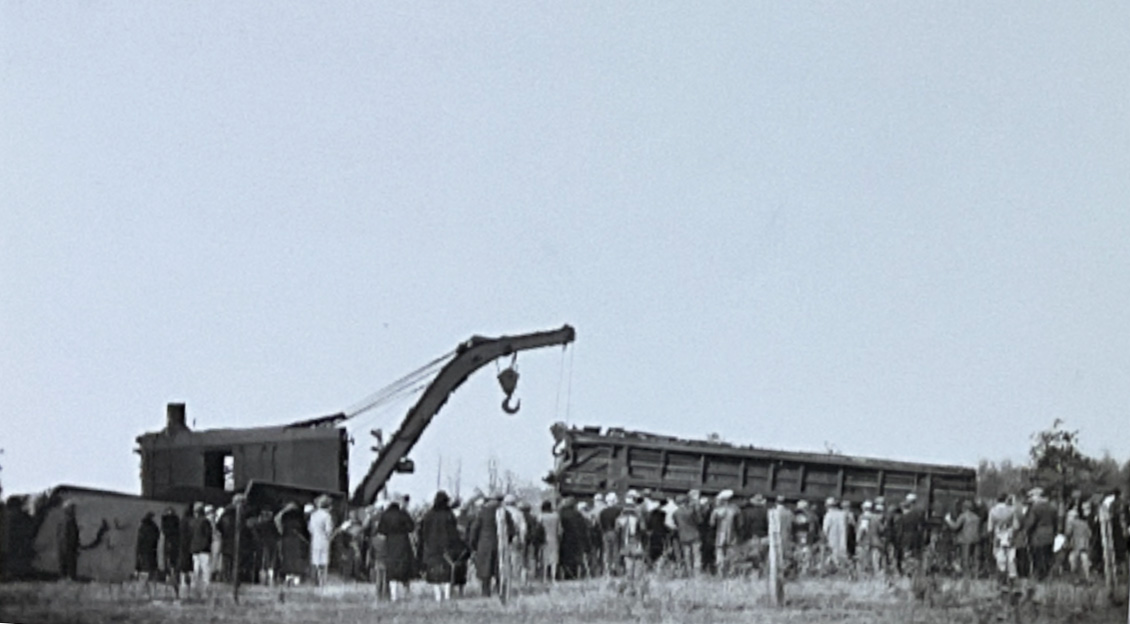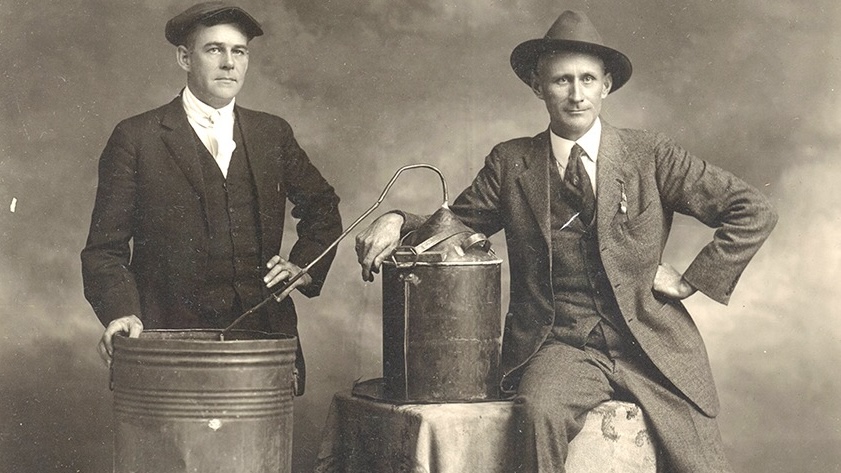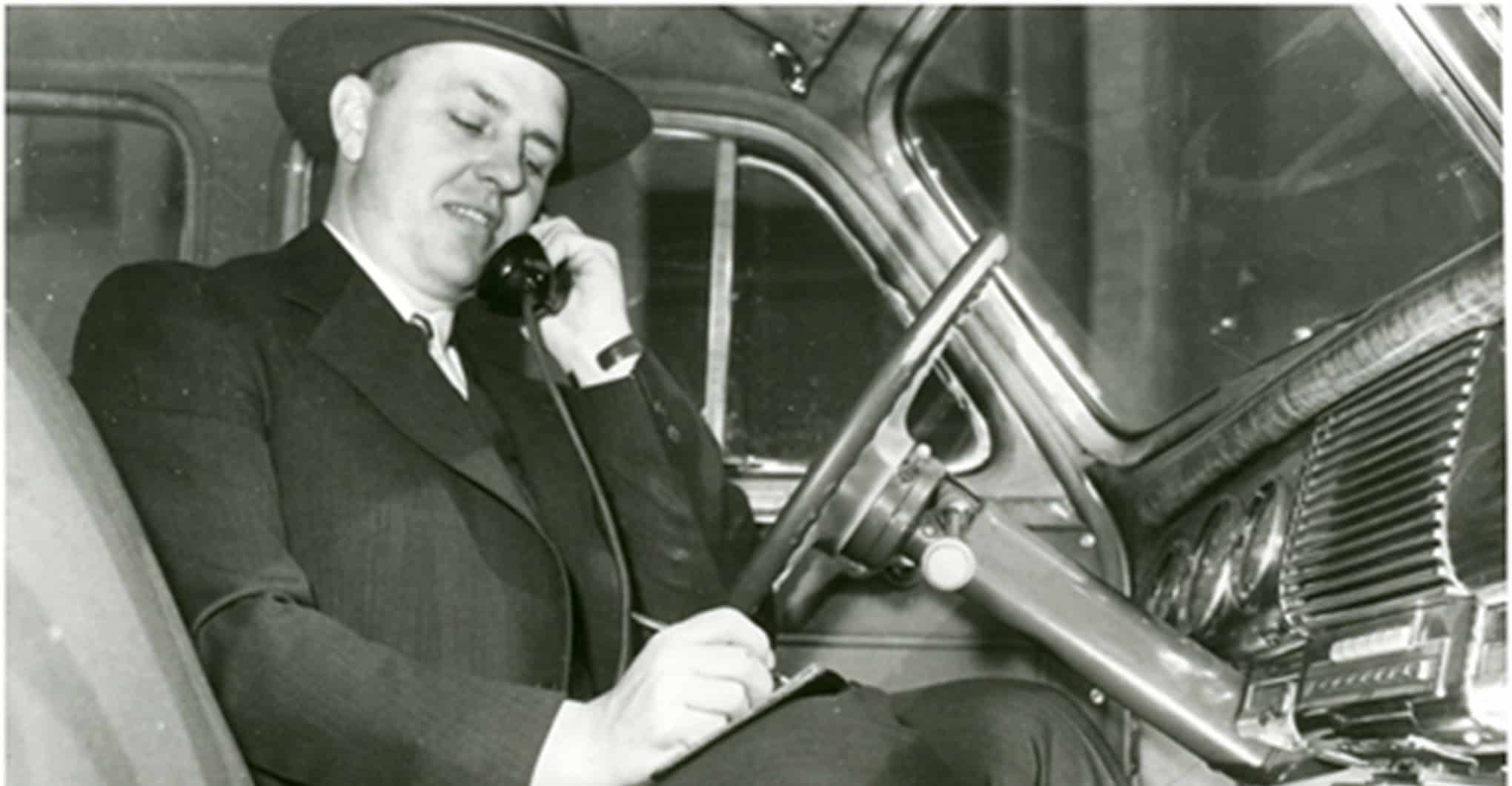In 1864, Wilmington, North Carolina was one of only a few ports still operating by the Confederate States. Cotton was still flowing out, and war material was flowing in. In the late spring of that year, a slender side-wheel steamship dubbed the Thistle pulled up anchor in Wilmington. Under cover of darkness, the Scottish-built ship and her crew slipped stealthily through port waters past a sea of thirteen Union Navy vessels.

Painted a dull battleship gray and puffing from tapered smokestacks to minimize smoke, she was 204 feet at the water line and rode so low in the water she was barely visible in broad daylight as close as a quarter mile. Union lookouts missed her until it was too late. After a five-hour chase, Thistle sped away faster than any ship around her.
Thistle was carrying a crew of experienced sailors, officers, and three Confederate agents. The agents were Jacob Thompson, a former secretary of the Interior under the Buchanan Administration, Clement C. Clay, a former Alabama Senator, and James P. Holcombe, a respected legal scholar. All three men were close friends of Confederate President Jefferson Davis, who appointed each.



Upon landing in Bermuda, the three agents disembarked and boarded a mail boat bound for Toronto, Canada.
After weeks at sea, the three agents met daily alongside more men seeking influence, opportunity, and intelligence. Toronto was quickly becoming a Confederate oasis close to the North but out of harm’s way. In time, Lincoln assassin John Wilkes Booth received orders and requests from Jefferson Davis and his agents in the Canadian city.
It was there, in the warm summer of 1864, that Thompson, Clay, and Holcombe began hatching a series of plans to undermine Lincoln at the ballot box. If the South could not defeat the North militarily, they reasoned, they would undermine the Union at the polls and split party voters.
Two plans for Confederate victory emerge
One plan was to ensure a Democrat was elected as the next President. Their strategy to defeat Lincoln was to siphon votes away from northern Republicans by finding suitable and electable candidates in enough northern states to split the Republican party. With a Democrat as president, they believed, peace would be eminent. And with it, a restoration of the status quo before the war or, some thought, slavery everywhere forever. In this plan, northern Democrats were useful, soft targets for Confederate agents.
Another plan involved splitting the United States into three independent countries. Confederate agents had heard rumblings of what sounded like a possible conspiracy: some of the original Northwest Territory states of Illinois, Indiana, Wisconsin, and Ohio were considering banding together with the relatively new states of Iowa, Minnesota, and Missouri.

Agents believed voters in these seven states were tired of the war. It was believed their governors and leaders were hopeless, and its citizens and legislatures at least amicable to slavery. It was believed that voters in these states would be interested in aligning with the Southern Confederacy in the short term and forming a third country known as the Western Confederacy. They just needed to know the option existed.
This plan called for an uprising in Missouri, Wisconsin, Illinois, Indiana, and Ohio. The uprising would present voters with a compelling third choice. And the key to starting the uprising rested with Clement L. Vallandigham.
Western Confederacy uprising hinges on Vallandingham

A former Ohio congressman, Vallandigham was bitterly opposed to Lincoln.
He railed against Lincoln’s abuse of liberties, the suspension of Habeas Corpus, and the curtailed rights of speech and the press. In the spring of 1863, Vallandigham’s door was broken down by Union agents who arrested him on treason for his actions. He was convicted by a military court and sent to prison, but Lincoln commuted his sentence and exiled him to the South.
Taken together, these two plans to split Republican party voters and sever the remaining Union into a Western Confederacy were seen as viable, plausible paths to Southern victory.
Confederate President Jefferson Davis actively courted opportunities to ally with northern Democrats. Many Democrats embraced the “Copperhead” label original used to deride Democrats who wanted peace immediately at any cost. If that meant a restoration or preservation of slavery to end the war, so be it.
The notion of immediate peace proposed by Copperhead Democrats was itself a radical notion in the midst of the Civil War. Peace meant a stronger Northern army would effectively “give up” against a weaker enemy. It also meant the likely continuation of slavery and embraced the possibility of two — maybe even three — recognized nations and the collapse of the United States of America as it was founded.
To Davis and his agents, Copperheads made for easy, even natural allies with the CSA. Davis and his generals believed a Western Confederacy would be ideally positioned to defend itself against the Union Army and could produce its own currency, maintain an economy, and produce more than enough food for export. With rich lands in Missouri, Illinois, and Indiana, plus industrial capacity and port access to Canada via the Great Lakes and the rest of the world via the Missouri and Mississippi Rivers, the Western Confederacy would quickly become an economic powerhouse.
Confederate Congress backing gives plan the go-ahead
Vallandigham convinced Agent Thompson all of this wasn’t fantastical. Indeed, with the support of the Sons of Liberty, the Order of American Knights, and the Knights of the Golden Circle — all Copperhead-affiliated and southern-sympathizing groups Vallandigham commanded, a rebellion was possible if only he simply returned to Ohio. Upon setting foot in Ohio, Lincoln would issue orders for the former Congressman and one-time Ohio gubernatorial candidate’s arrest and the arrest would ignite the insurrection. Upon setting foot in Ohio, Lincoln would issue orders for the former Congressman and one-time Ohio gubernatorial candidate’s arrest and the arrest would ignite the insurrection.
Vallandigham’s plan called for Confederate POWs — possibly as many as 150,000 men — to rise up in their Union camps, join with rebel groups and agents from Canada, seize weapons, burn Union supply lines, and subsequently overthrow the governments of Illinois, Indiana, Wisconsin, and Missouri by ballot or violence. New leaders would be elected. Other border states, like Kentucky, would quickly align with the Southern Confederacy.
To fund the operation with arms and transport for the soldiers and their allies, a stunning sum of $500,000 (about $10 million in 2024 dollars) was approved in a secret meeting of the Confederate Congress.
Vallandigham was due to return from Canada in June 1864. But when he returned, no such order was given. Lincoln simply ignored him. No POWs rose up. No C.S.A. agents banded together to attack capitals or seize cities. Almost no money was spent. No incursions into the North occurred. The whole conspiracy fizzled before it could even start.
Instead, Vallandigham remained in Ohio and was active in Ohio politics, writing the Democratic platform and attacking Lincoln in the press throughout the remainder of the Civil War and into Reconstruction. His writings did little good, and most Copperhead Democrats failed to gain a majority of support.
Vallandigham died in 1871 after accidentally shooting himself with a firearm that was an exhibit in a murder trial. That same year, Missouri became the 17th state to ratify the Fourteenth Amendment to the U.S. Constitution addressing universal citizenship rights and equal protection under the law on January 25, 1867.





